Size Does Matter. How Big Is Your Conflict?

We live in a supersized world these days, but you may not want to supersize your conflict. Don’t get me wrong, all stories require conflict, but sometimes if a writer’s conflict is too big or too small, the story doesn’t work. It’s a lot like Cinderella’s glass slipper.
But how do you know if your conflict is being squeezed into too small of a shoe or if you need to try something in a size 4 narrow?
Check the recommended page count. Page count is a great way to help you determine if you’re Cinderella or one of her ugly stepsisters. Publishing houses and literary magazines give you a word count not only to keep down printing costs, but also to provide a target for writers. You can use that target to figure out what size conflict you need or how many different conflicts you can handle for the required amount of pages. If Susie Writer is working on a twenty page short story about a girl, she most likely does not have room to explore and resolve her heroine’s relationship with her distant father, to come to terms with her dog’s recent death, to get over her former best friend dumping her, and to figure out how to deal with her new neighbor, a cute yet jerky boy who is making her life even more of a living hell than it was before. With that much conflict, I’m thinking full-blown YA novel, not short story. If, however, a short story is this writer’s goal, she could focus on resolving just one of those conflicts—preferably one that can be settled reasonably in a short number of pages—or the writer can find a spot in this protagonist’s character arc and hone in on that one small section to resolve a particular conflict satisfactorily.
For my humorous short story “Hair Today, Gone Tomorrow” in More Sweet Tea (2005), I went with a small conflict—the protagonist is an elderly woman whose hairdresser dies. Lucille wants to be respectful and attend the “settin’ up,” but she can’t go with her hair looking bad. What does she do? This dilemma, while quite traumatic for reasons that don’t need to be explained to other women, especially those who frequent the hairdresser every week, isn’t big enough to carry a whole novel, much less a novella.
I’ve also narrowed the focus on one little segment of a character’s arc, climax to resolution. For example, in one of the stories included in A Day in Mossy Creek (2006) “Resolutionary War,” I had one sister sabotaging the other’s attempt to get healthy. For the story, I didn’t spend tons of pages showing the scenes of saboteur Spiva making her sister Pearl mad or the town trying to help the protagonist reach her goal. I went straight to the blow up between the sisters and the resolution. What led up to the climax was handled as back story, and I tried to make that back story as brief as I could.
List your conflict(s). All of them. Multiple conflicts, at times, can lead to an ill fit. If you discover that you’re writing a long list of conflicts that rivals the phone book, you may need to narrow your focus or perhaps save some of those conflicts for another book or story. The way to narrow down your list is to ask yourself—What is the most important conflict in this story? Which conflict, if removed, would make my story crumble? That’s your main conflict. Which other conflicts relate in some way to this main conflict? Those are probably keepers. Something else you should check, once you’ve written the story, is how much space you’ve spent on each of these conflicts. The main conflict should receive the most attention—most pages. And those conflicts that aren’t related in any way? Consider cutting them. Keep them in a file for potential use, much like your little darlings. If you figure out what conflict to keep before you write the scenes, you’ll have fewer little darlings to remove from your finished manuscript.
Estimate the number of scenes necessary to resolve the conflict(s). How many scenes do you think you’ll need to develop and resolve your story’s conflict or conflicts? If you think three or four should do it, you probably have the makings of a short story. If you think upwards of twenty scenes, you probably have a novella or novel.
Size matters. If it didn’t, would Cinderella have ended up with the prince?
But how do you know if your conflict is being squeezed into too small of a shoe or if you need to try something in a size 4 narrow?
Check the recommended page count. Page count is a great way to help you determine if you’re Cinderella or one of her ugly stepsisters. Publishing houses and literary magazines give you a word count not only to keep down printing costs, but also to provide a target for writers. You can use that target to figure out what size conflict you need or how many different conflicts you can handle for the required amount of pages. If Susie Writer is working on a twenty page short story about a girl, she most likely does not have room to explore and resolve her heroine’s relationship with her distant father, to come to terms with her dog’s recent death, to get over her former best friend dumping her, and to figure out how to deal with her new neighbor, a cute yet jerky boy who is making her life even more of a living hell than it was before. With that much conflict, I’m thinking full-blown YA novel, not short story. If, however, a short story is this writer’s goal, she could focus on resolving just one of those conflicts—preferably one that can be settled reasonably in a short number of pages—or the writer can find a spot in this protagonist’s character arc and hone in on that one small section to resolve a particular conflict satisfactorily.
For my humorous short story “Hair Today, Gone Tomorrow” in More Sweet Tea (2005), I went with a small conflict—the protagonist is an elderly woman whose hairdresser dies. Lucille wants to be respectful and attend the “settin’ up,” but she can’t go with her hair looking bad. What does she do? This dilemma, while quite traumatic for reasons that don’t need to be explained to other women, especially those who frequent the hairdresser every week, isn’t big enough to carry a whole novel, much less a novella.
I’ve also narrowed the focus on one little segment of a character’s arc, climax to resolution. For example, in one of the stories included in A Day in Mossy Creek (2006) “Resolutionary War,” I had one sister sabotaging the other’s attempt to get healthy. For the story, I didn’t spend tons of pages showing the scenes of saboteur Spiva making her sister Pearl mad or the town trying to help the protagonist reach her goal. I went straight to the blow up between the sisters and the resolution. What led up to the climax was handled as back story, and I tried to make that back story as brief as I could.
List your conflict(s). All of them. Multiple conflicts, at times, can lead to an ill fit. If you discover that you’re writing a long list of conflicts that rivals the phone book, you may need to narrow your focus or perhaps save some of those conflicts for another book or story. The way to narrow down your list is to ask yourself—What is the most important conflict in this story? Which conflict, if removed, would make my story crumble? That’s your main conflict. Which other conflicts relate in some way to this main conflict? Those are probably keepers. Something else you should check, once you’ve written the story, is how much space you’ve spent on each of these conflicts. The main conflict should receive the most attention—most pages. And those conflicts that aren’t related in any way? Consider cutting them. Keep them in a file for potential use, much like your little darlings. If you figure out what conflict to keep before you write the scenes, you’ll have fewer little darlings to remove from your finished manuscript.
Estimate the number of scenes necessary to resolve the conflict(s). How many scenes do you think you’ll need to develop and resolve your story’s conflict or conflicts? If you think three or four should do it, you probably have the makings of a short story. If you think upwards of twenty scenes, you probably have a novella or novel.
Size matters. If it didn’t, would Cinderella have ended up with the prince?
Labels: writing conflict

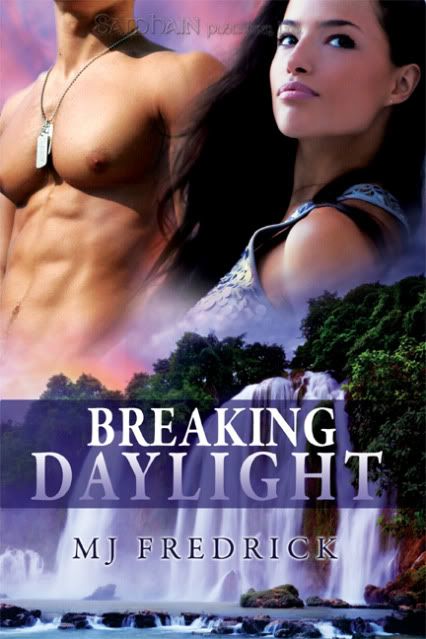
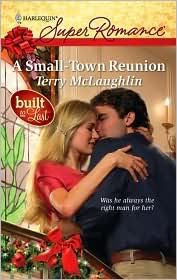
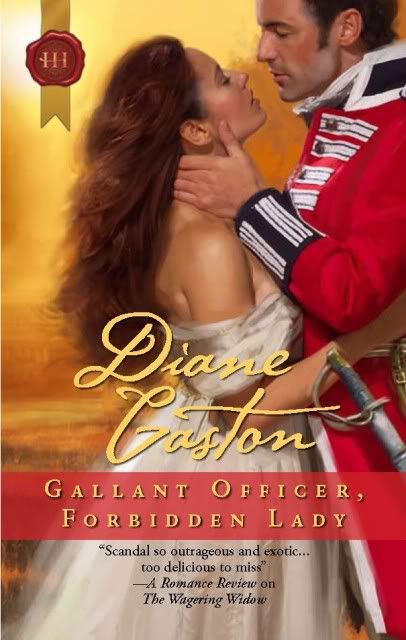
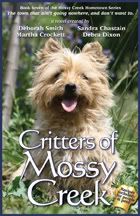

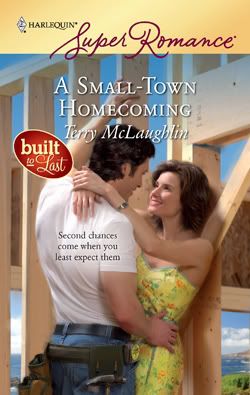
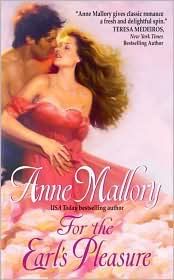

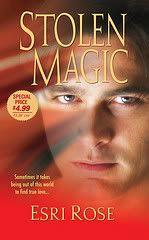
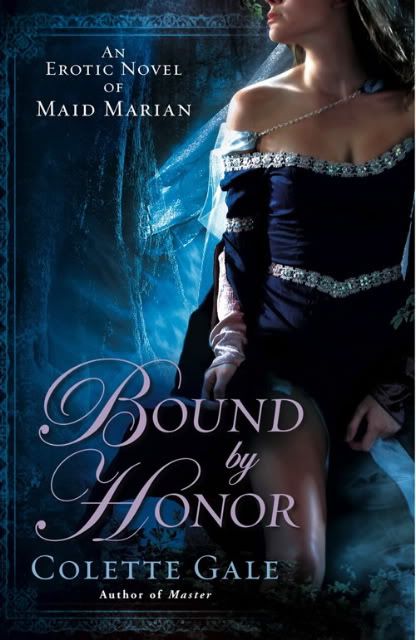
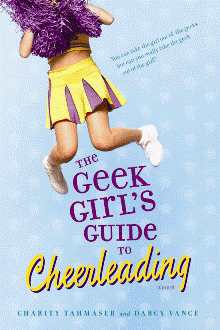
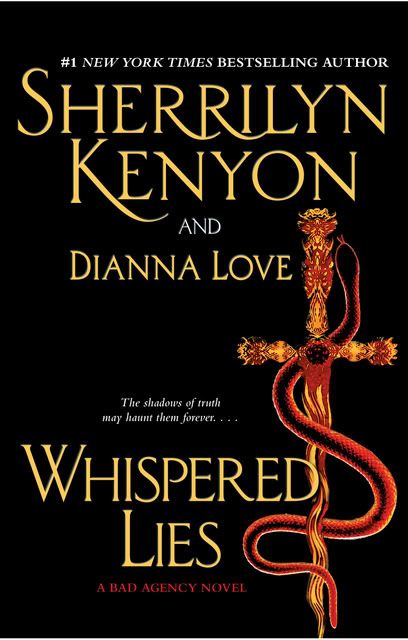
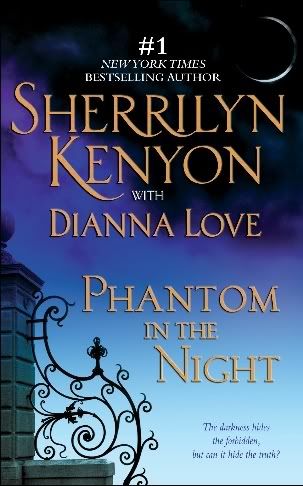
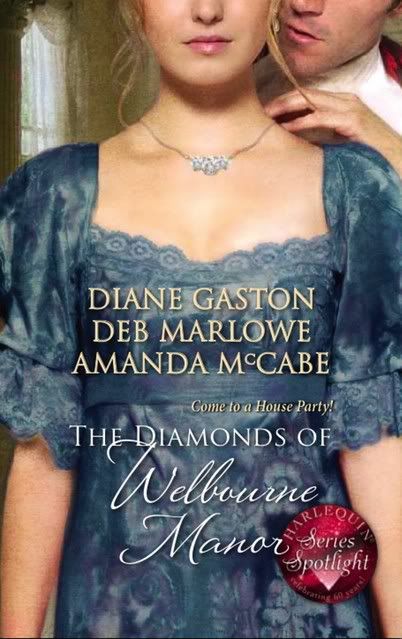


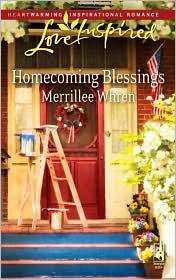
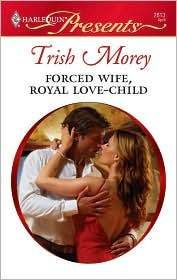
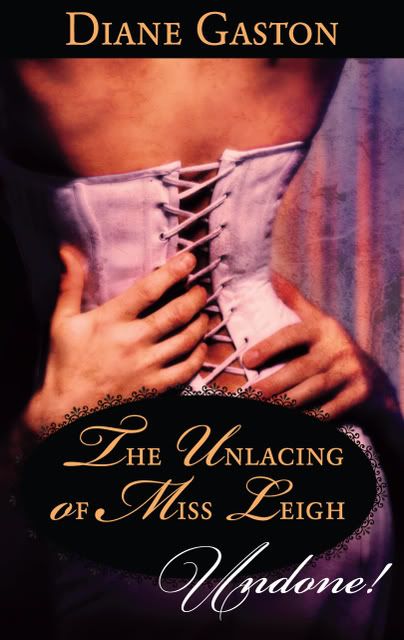
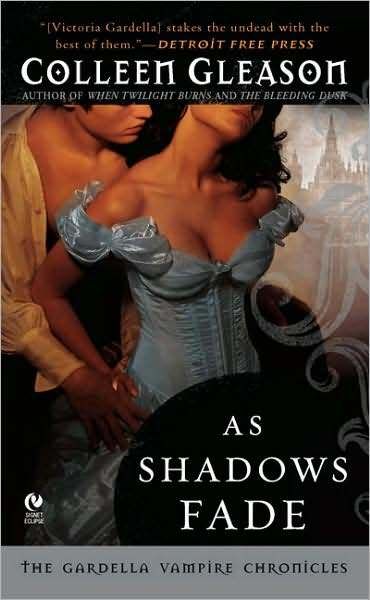
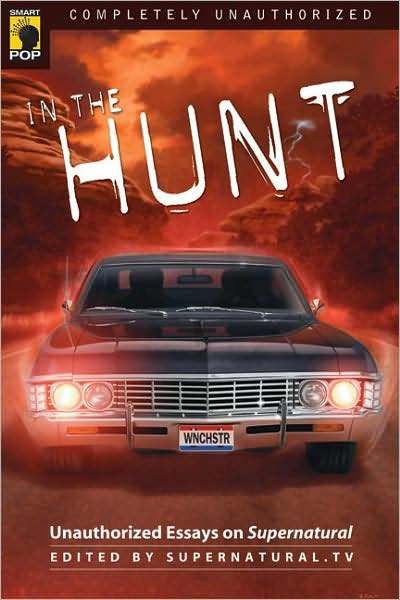


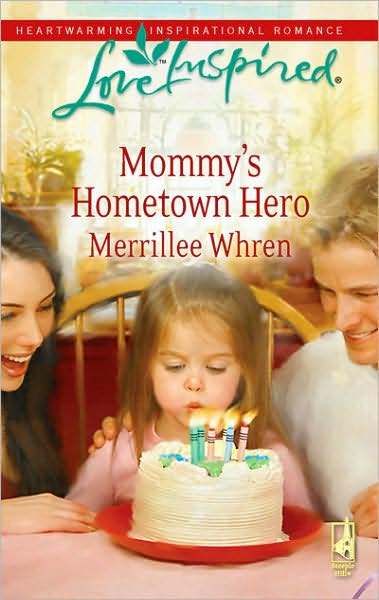
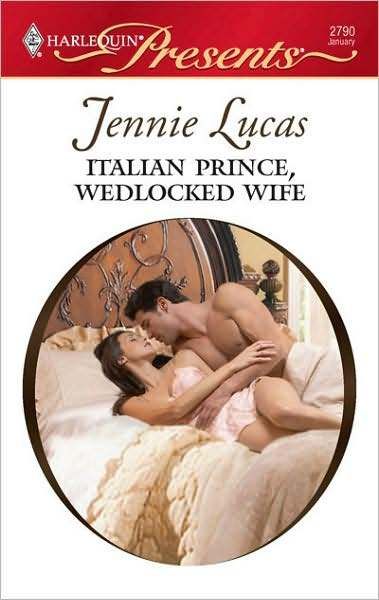
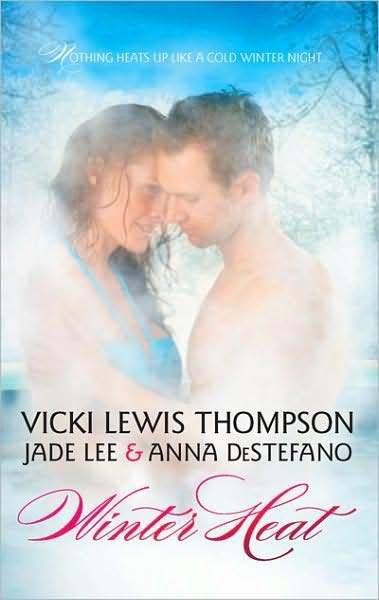
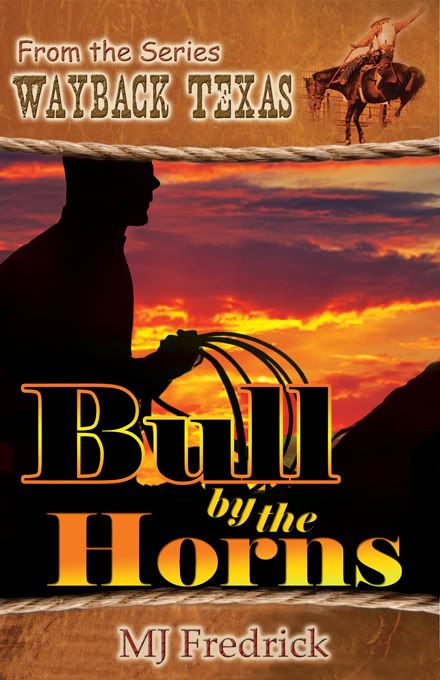
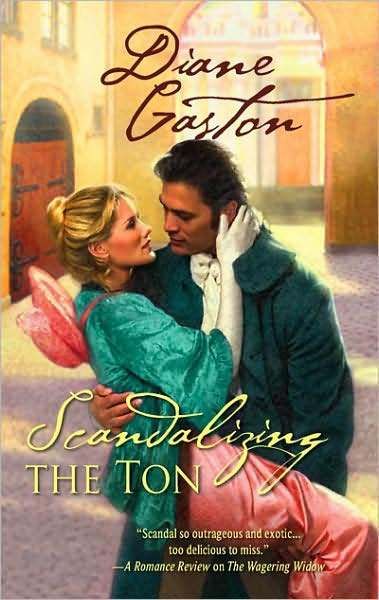
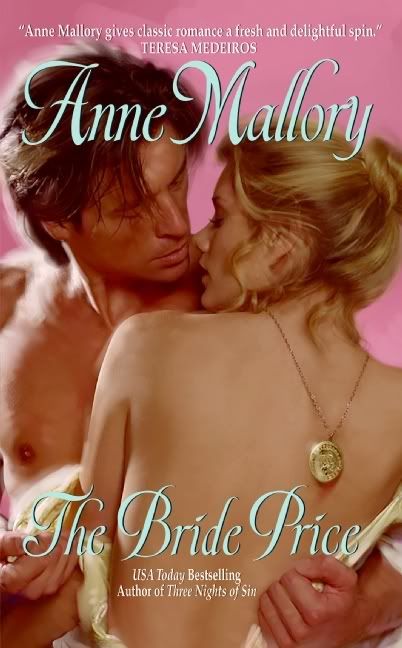
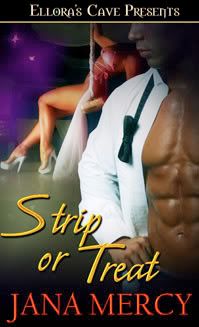
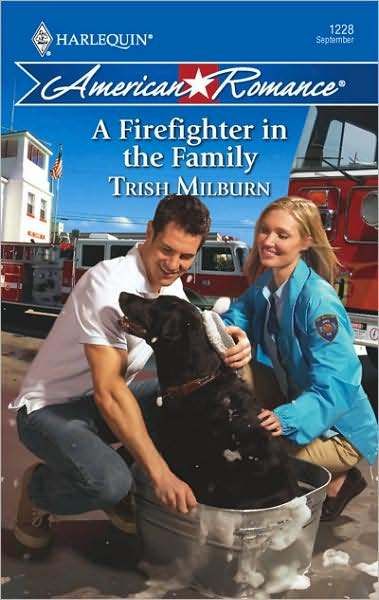
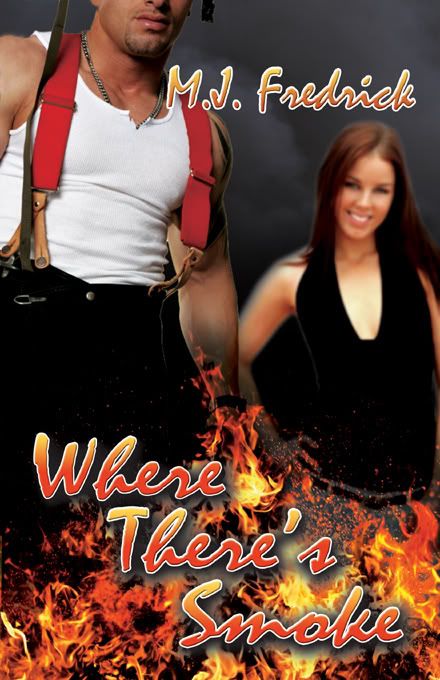
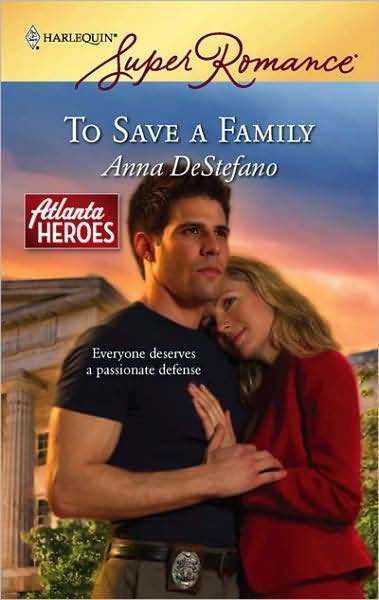
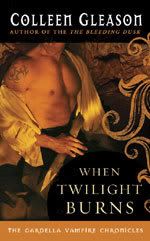

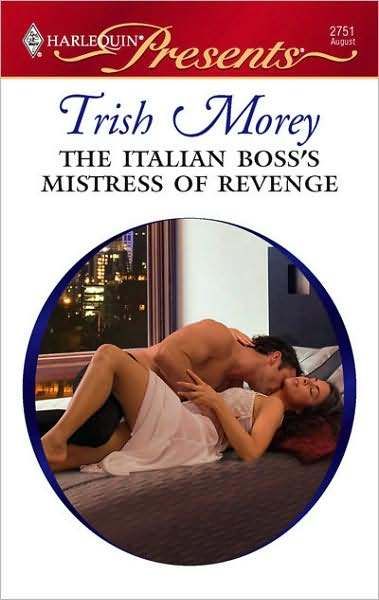
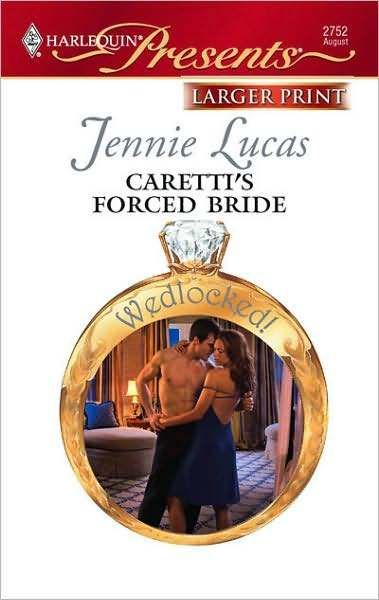


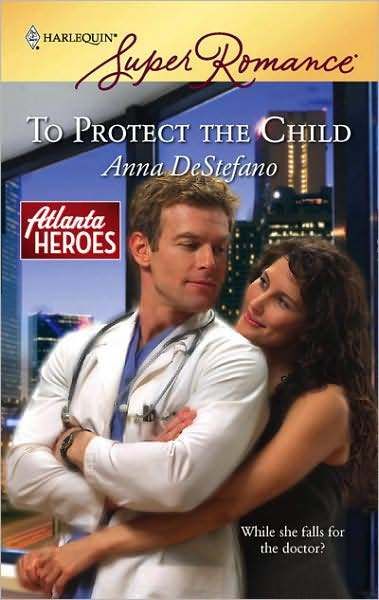

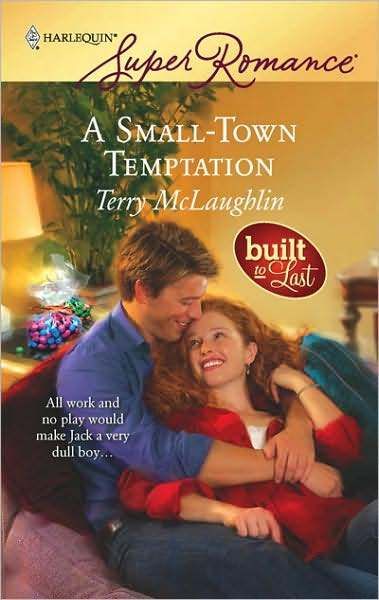

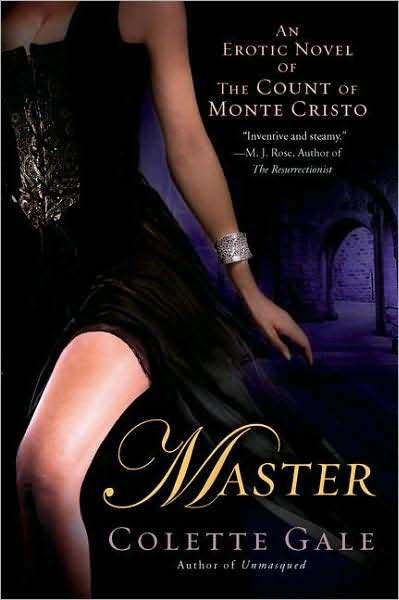


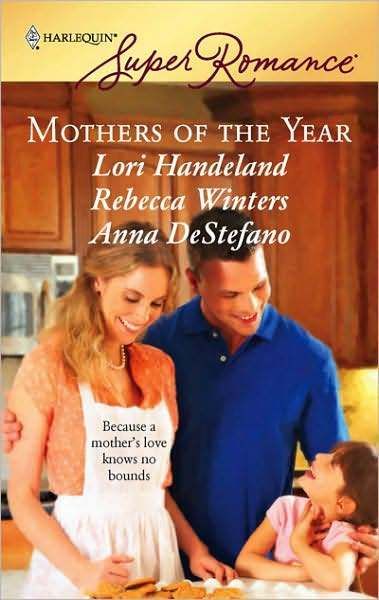

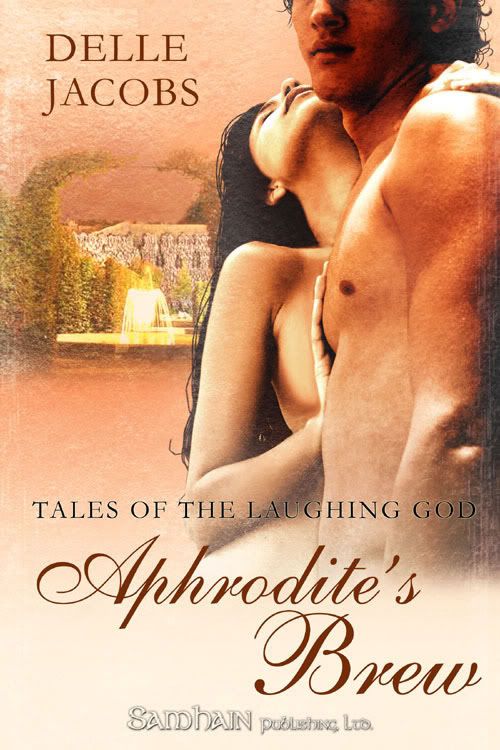
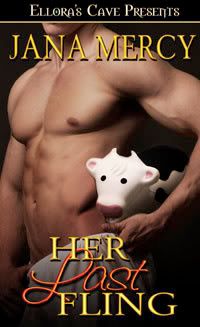
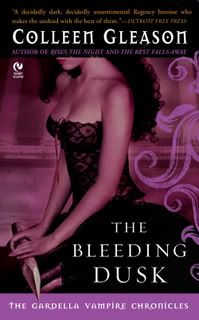
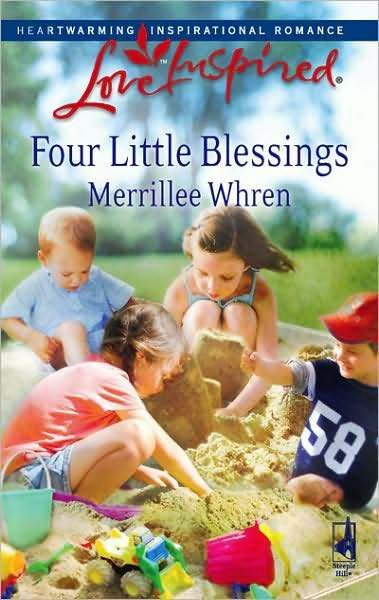
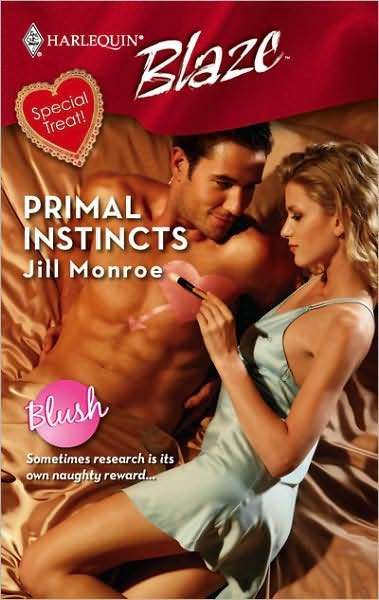
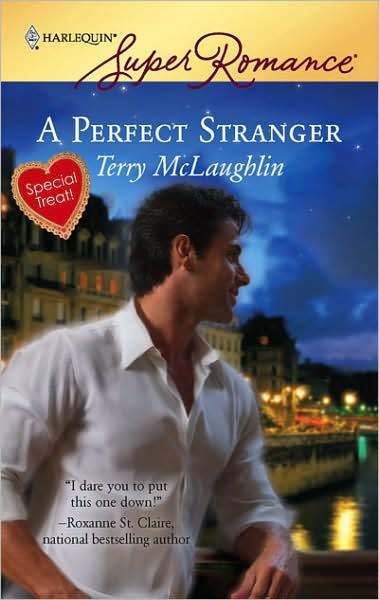


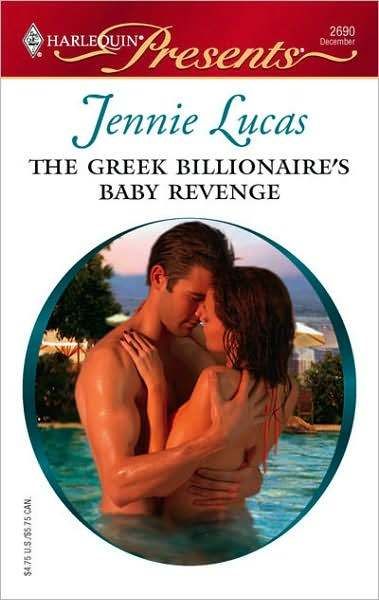
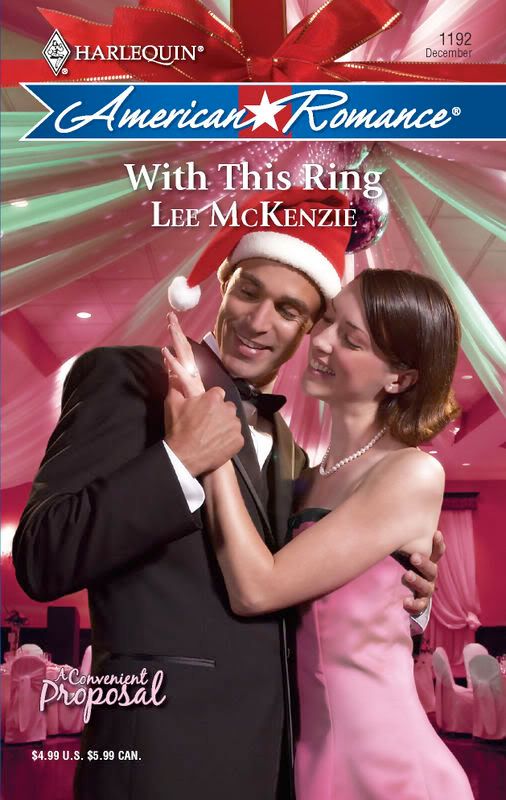

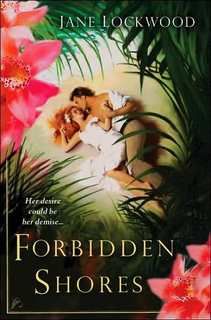
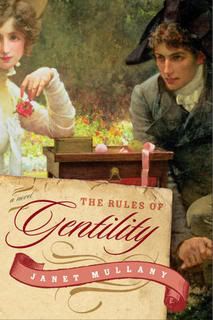
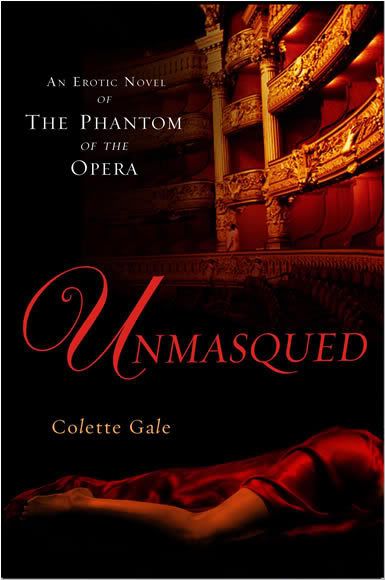
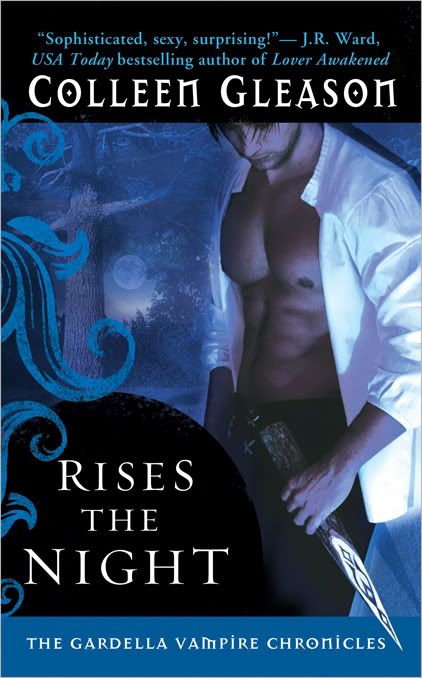
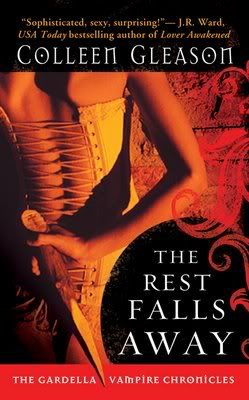
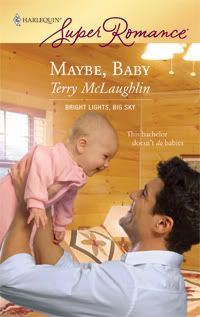
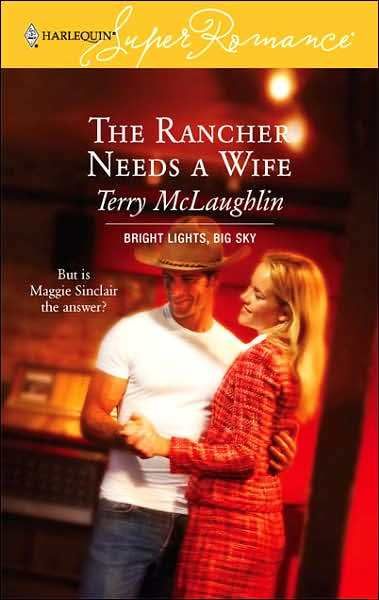
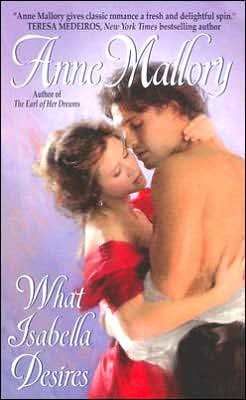
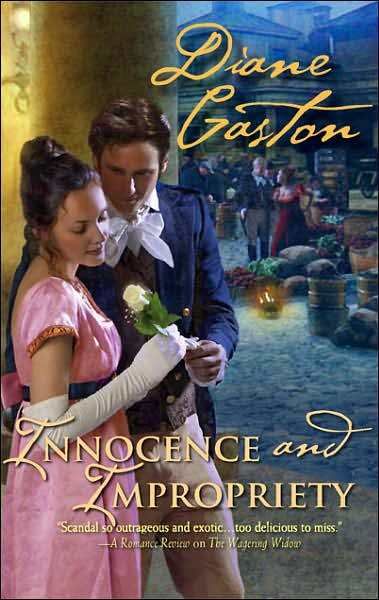

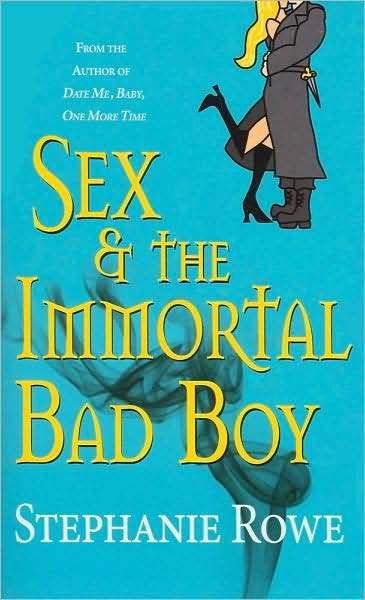
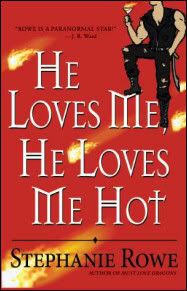

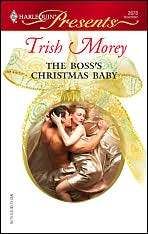
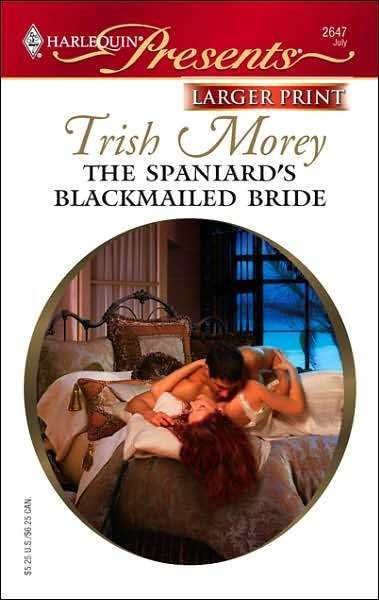
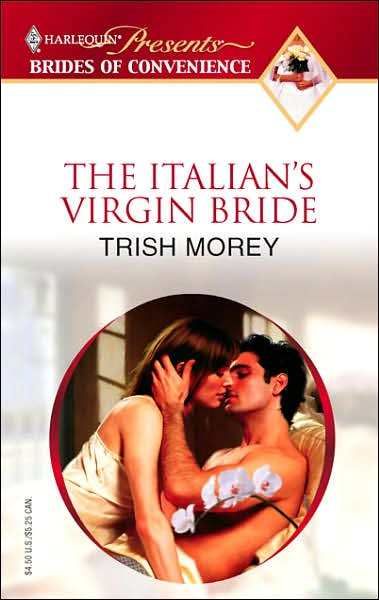
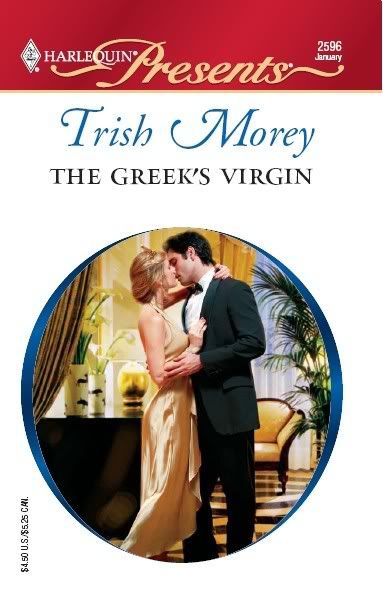

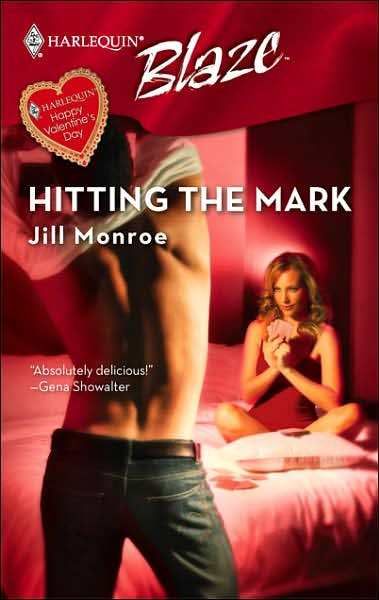
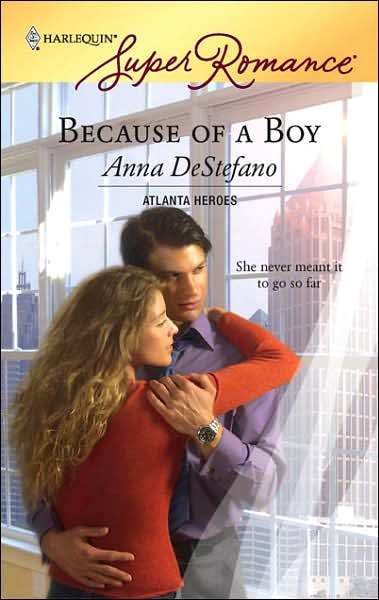
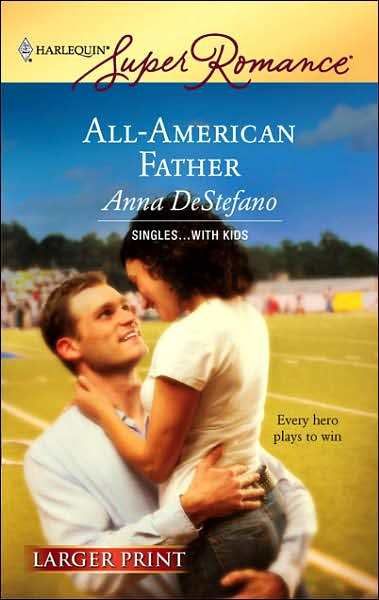

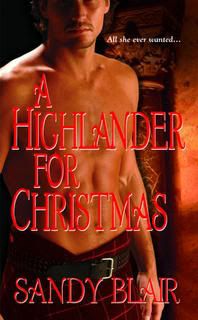
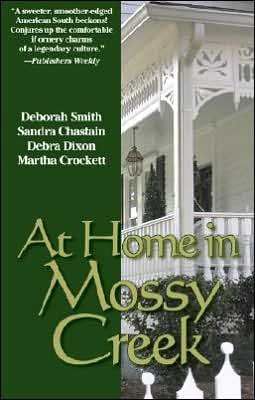
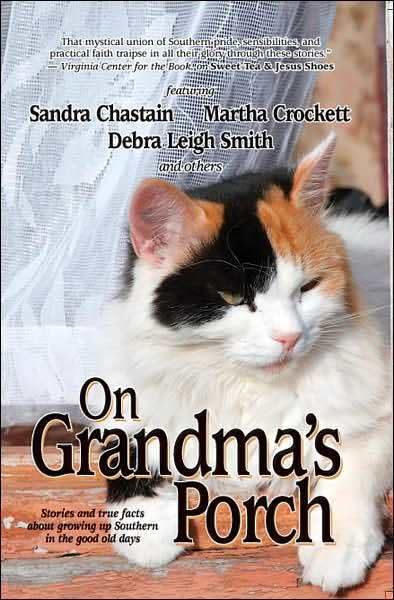
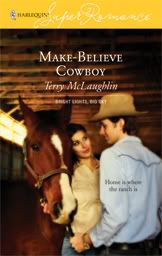

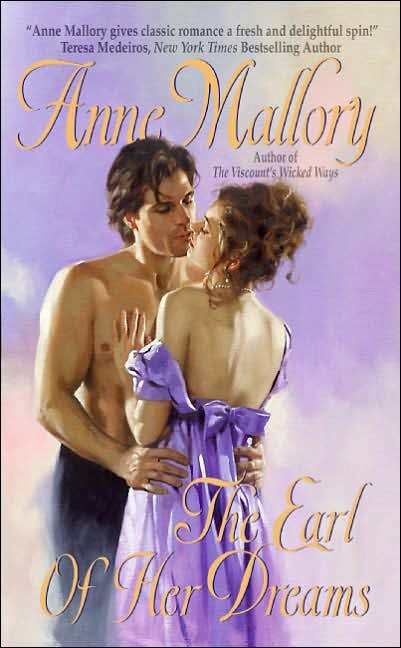
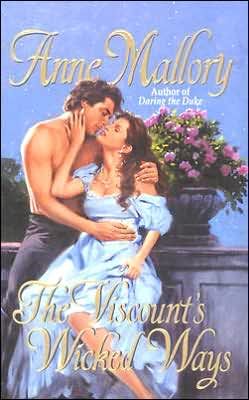

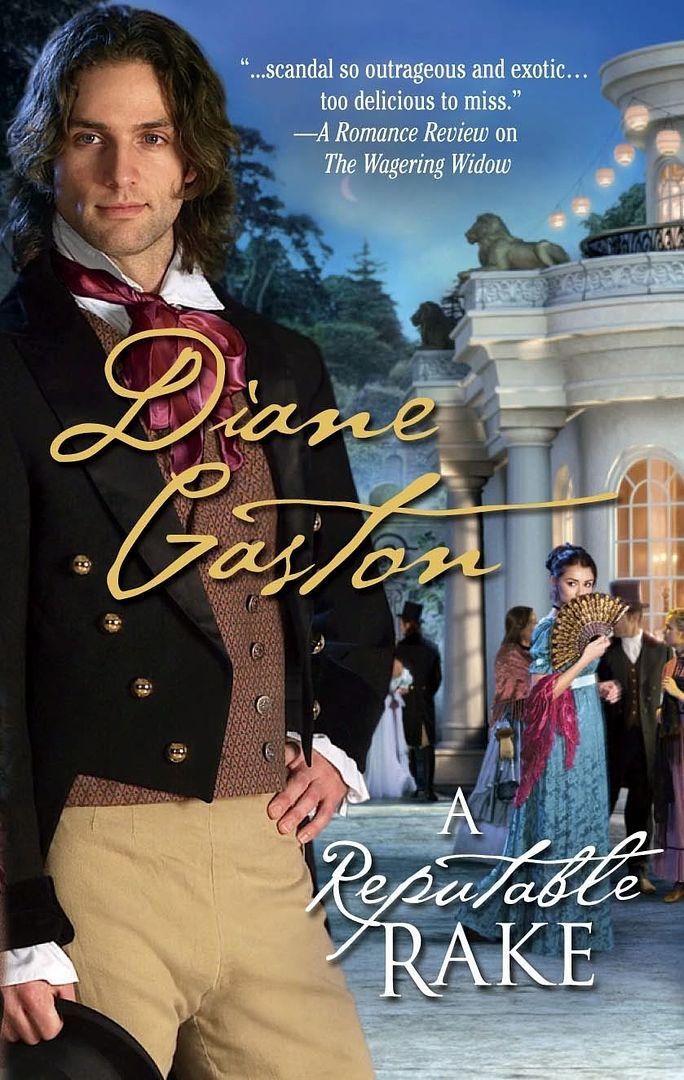
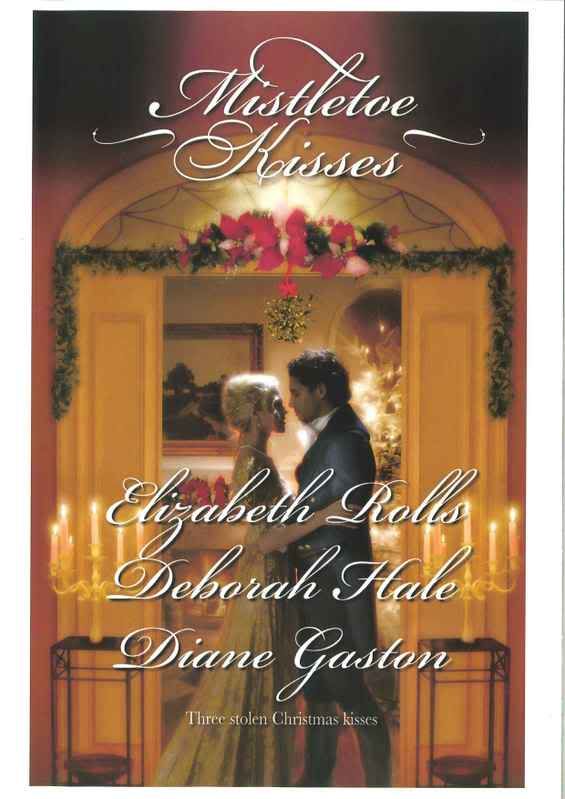
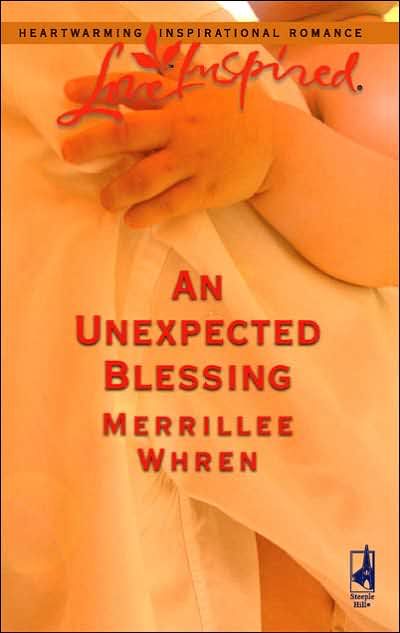
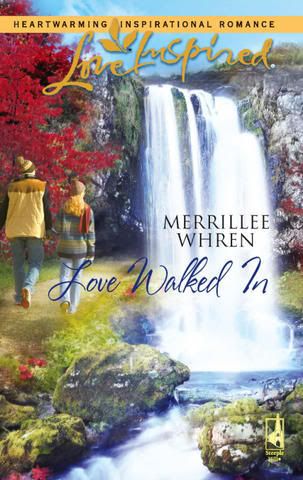
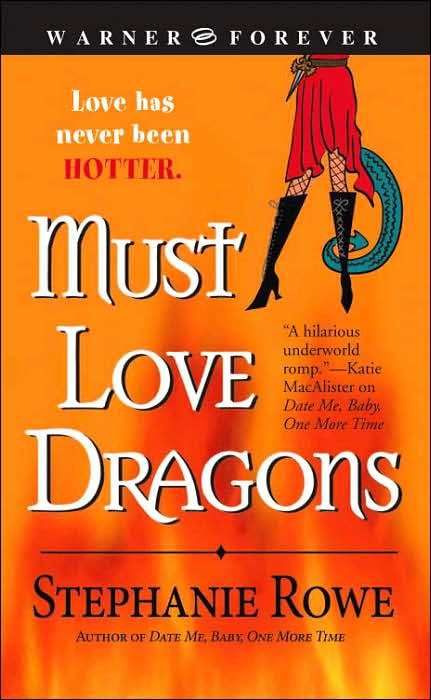
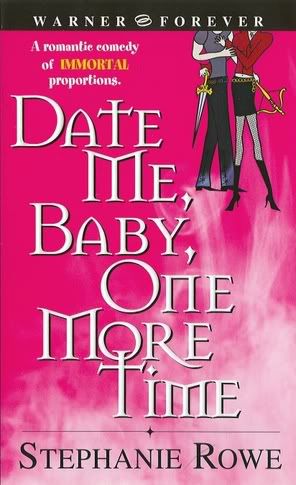

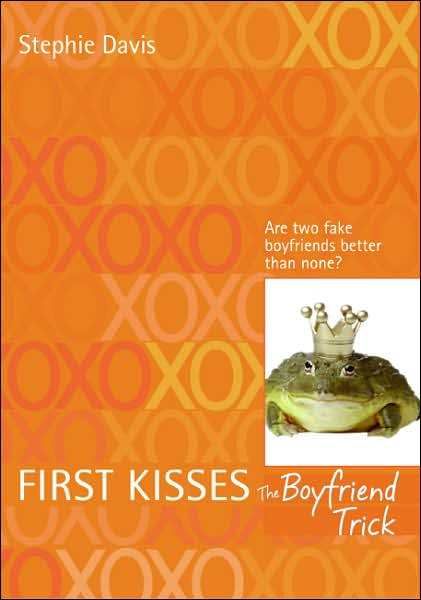
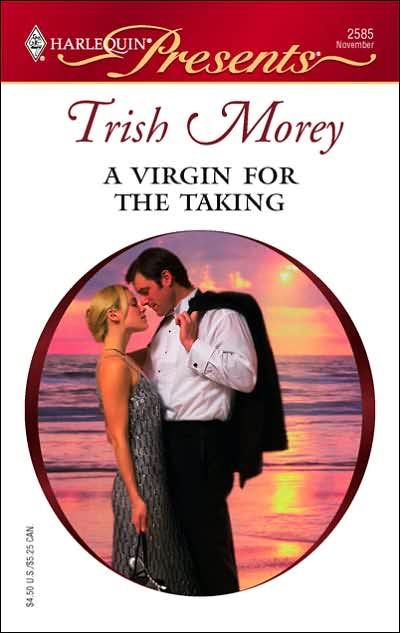
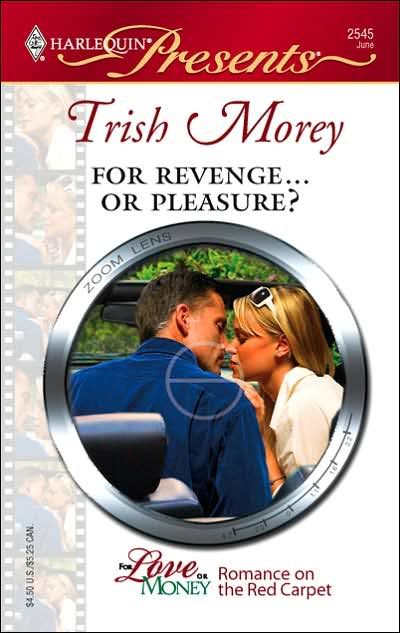
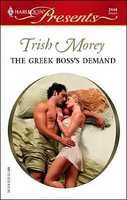
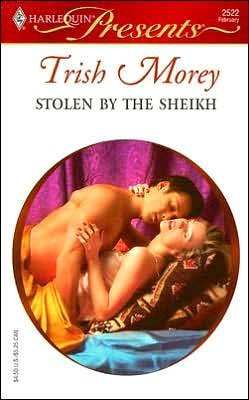
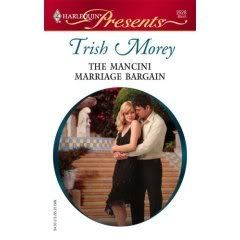

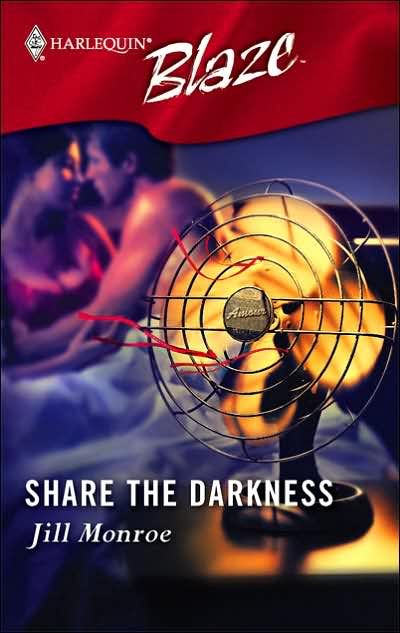
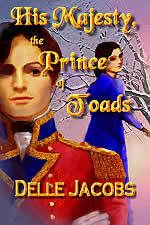


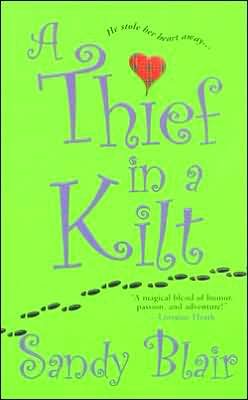
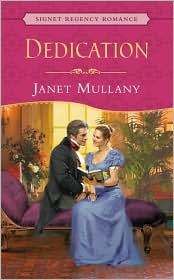
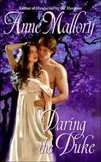
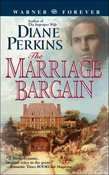
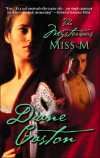

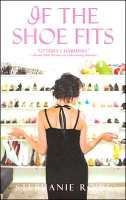

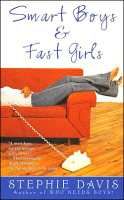



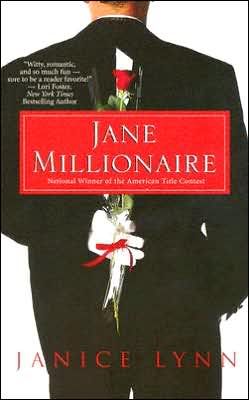

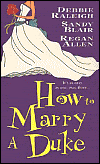
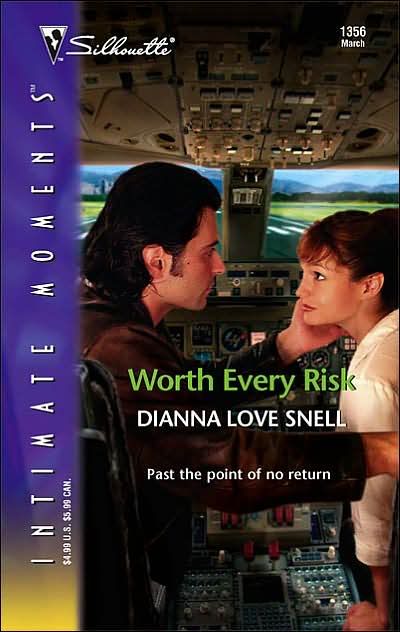

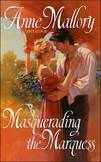
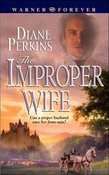
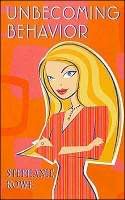
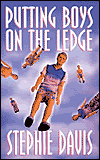

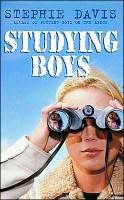
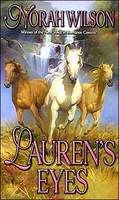
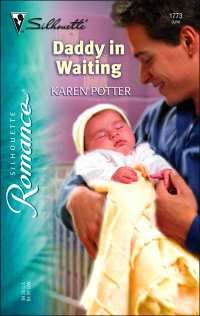
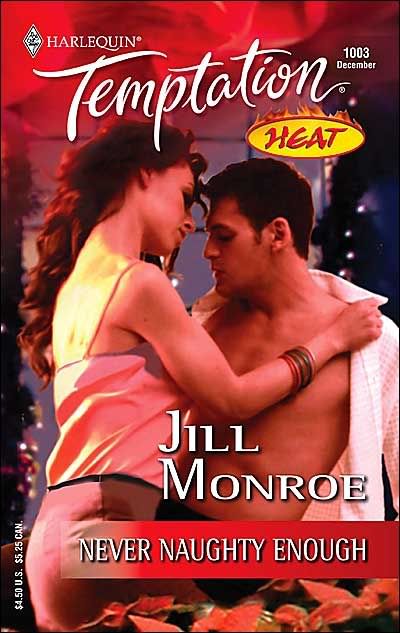





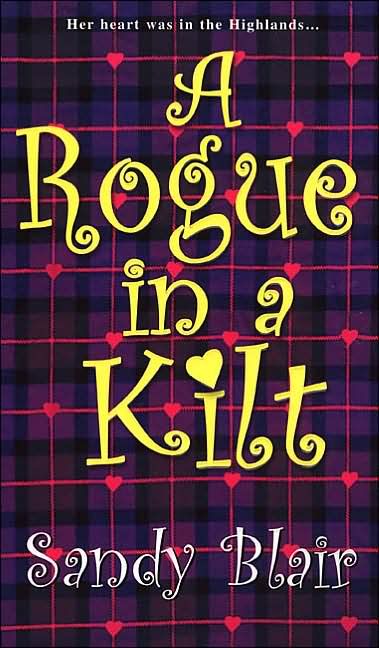
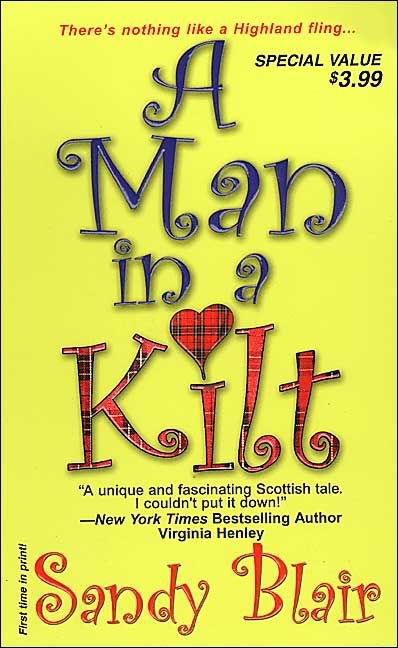
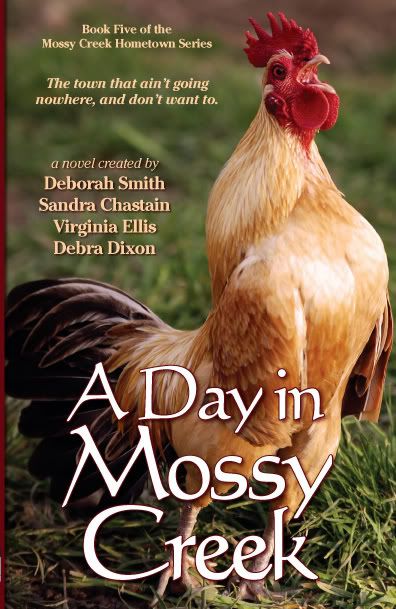

13 Comments:
LOL! Great title and great blog. Makes sense. I tend to try and squeeze too much conflict into too small of a story.
With novels, I often get tangled up in multiple conflicts that I have to cut for a less complicated plot. I think I've mentioned before that the first novel I wrote was over 600 pages. It took me a while to figure out that sometimes I had way too much conflict!!
I'm judging a pretty good contest entry, but the writer has way too much external conflict. I'm in awe of her thinking up so many good conflict ideas but I think she needs to stick to one or two and focus on the Romance and on internal conflict that keeps the hero and heroine apart.
I always remember the Nora Roberts book where nothing much happened except between the hero and heroine and their internal conflict.
Diane,
Thanks for commenting. Do you remember which Nora book it was?
It was one of her Irish Trilogies, the one with the heroine who was a carpenter and the hero a cook/songwriter. It had elves or something, an Elf King???
There was very little external conflict; it was basically all about these two people working out their relationship.
Great post. Thanks for giving me something hands-on to do with my manuscript. I've never made an actual list of conflicts before.
Too many conflicts in one novel is something I haven't thought about.
Need to keep an eye on that!!
Thanks.
Ditto what my buddy, Gillian said! I never really thought about writing the conflicts down to keep track and to make sure I don't have too much going on. Great idea! And hey, as a Southern woman I completely understand your little old lady's problem! What a dilemma!
I like the way you look at conflict in relation to story size (word count). It's a good way to hone your novel to it's target. Thanks!
Gillian,
Let me know if the list works for you.
sri Pammi,
Glad I gave you something new to think about. The problem with having too many conflicts is that the writer can't fully develop and resolve it in the alloted pages, which can lead to a dissatisfied reader. Some writers handle multiple conflicts well, but those books tend to be longer books and series, like Diana Gabaldon's Outlander.
Doglady,
Sometimes looking at a list is easier, especially if you're a list maker. The really weird thing about the hairdresser story is that after I wrote it, and I based the old lady character on my husband's grandmother (with her permission), Big Mama's hairdresser died in a freak accident. She was in a dither just like the character!
Amy,
I'm glad my suggestion rang true for you!
Post a Comment
<< Home
Subscribe to Post Comments [Atom]